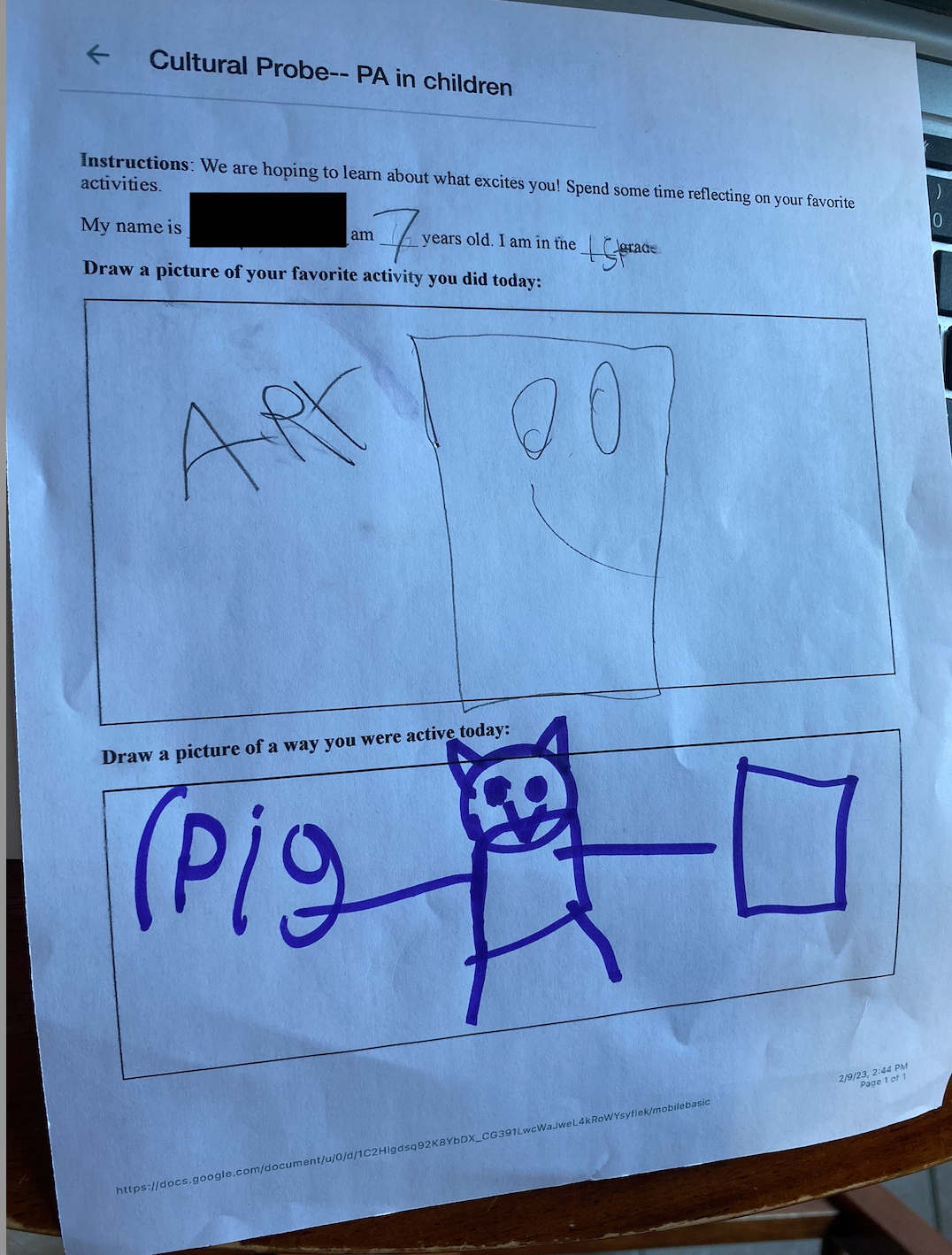Power and Co-design: Bridging the Gap
In our Theory class, we’ve been exploring the topic of power within the context of co-design. That’s not only a mouthful… it’s a lot to wrap one’s brain around 🤯🤯🤯
Questions arise such as: what is the designer’s role in balancing power dynamics? and what degree of participation do our stakeholders actually have compared to what we want them to have? These are tough questions to answer. Luckily, we can apply one simple tactic to lessen their ability to make heads explode: awareness.
Per Lauren Weinstein’s Shifting the Powerplay in Co-design, power is the ability to influence an outcome. Co-design is a commonly used method intended to bring people affected by an issue into the process of understanding the problem and designing a better response. Bridging these definitions, we can become more easily aware of power’s influence in regards to co-designing solutions to complex problems. Let’s take a look at an example:
Recently, Jess and I have been working on our research project which is focused on the barriers families face in relation to kids’ physical activity. We interviewed multiple parents and several school administrators (notably, PE teachers) and learned a lot about these barriers. Some were obvious, some weren’t. In regards to power and co-design, however, we learned that we overlooked the core of our research: the kids.
From the perspective of the parents and administrators, we have the parameters of what physical activity includes (duration, setting, budget, etc.), but we don’t have the actual activities that kids want to take part in within those parameters. We neglected the fact that kids tend to have little to no power when it comes to decisions being made about their lives, effectively leaving them out of the co-design process.
To balance the power dynamic, kids must have a say in what physical activities they participate in, as well as a say in the outcomes of those activities.
For example, Amy (below) was active when she performed in The Three Little Pigs in her theatre class. She had fun, she danced and sang, and she got to dress up like a pig.
Kids’ definition of physical activity may not align with that of adults… and that’s okay.
Ultimately, with a redistribution of power, adults can co-design activities with kids that satisfy everyone’s needs. (Redistribution of power in this case could be seen as awareness.) Maybe kids aren’t wanting to exercise in the traditional sense, but including them in the co-design process can still produce the outcomes everyone is wanting: happy, healthy humans.

